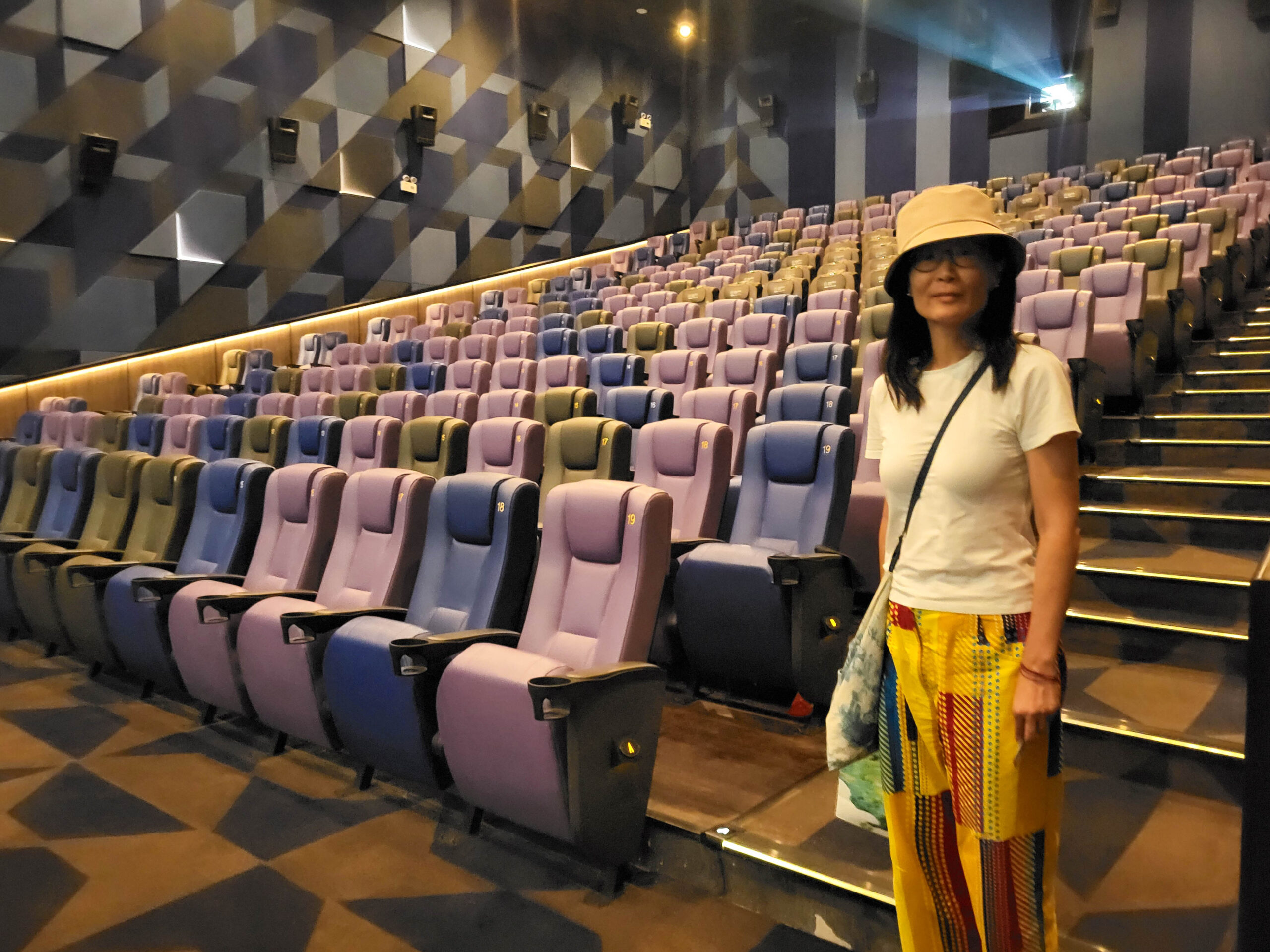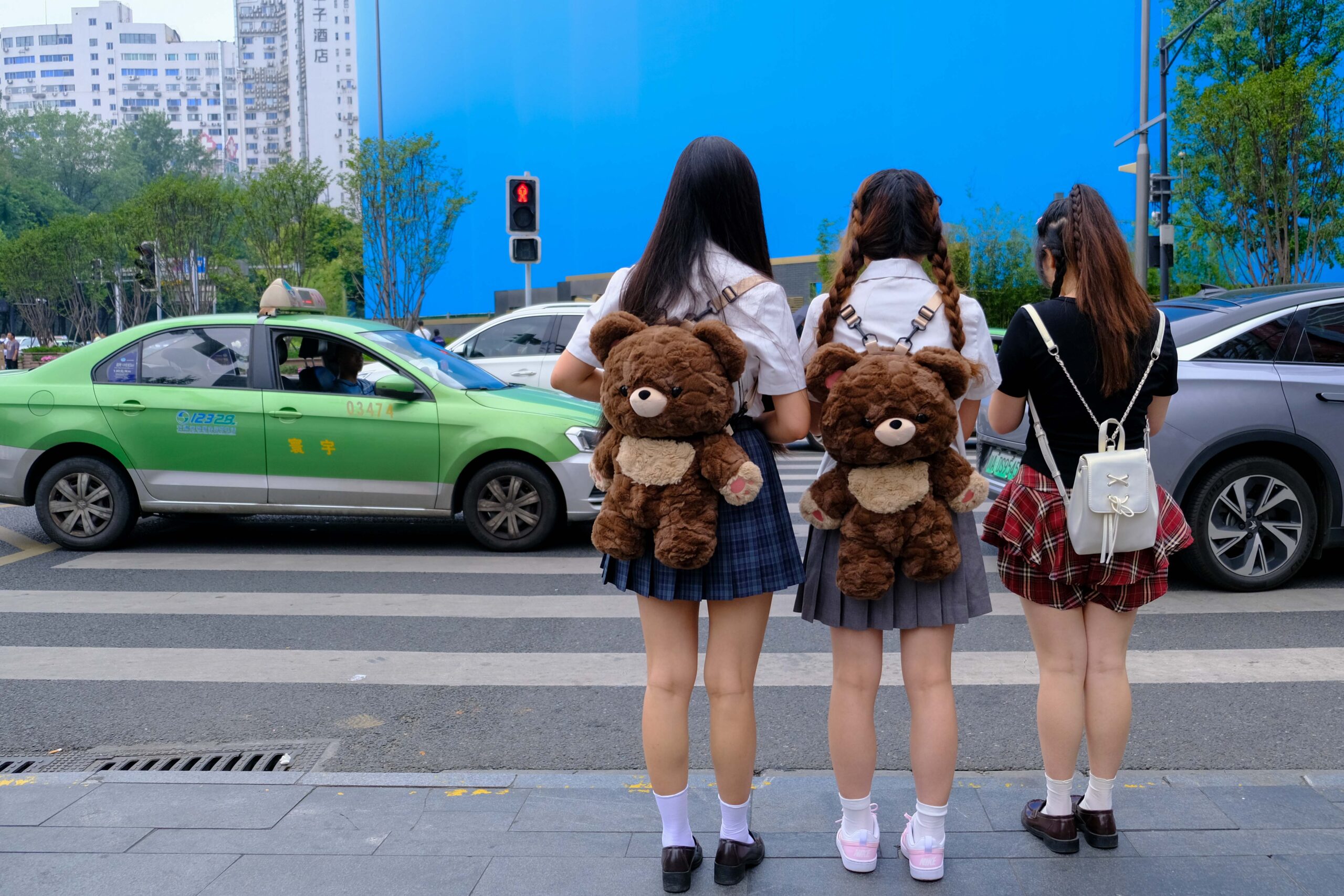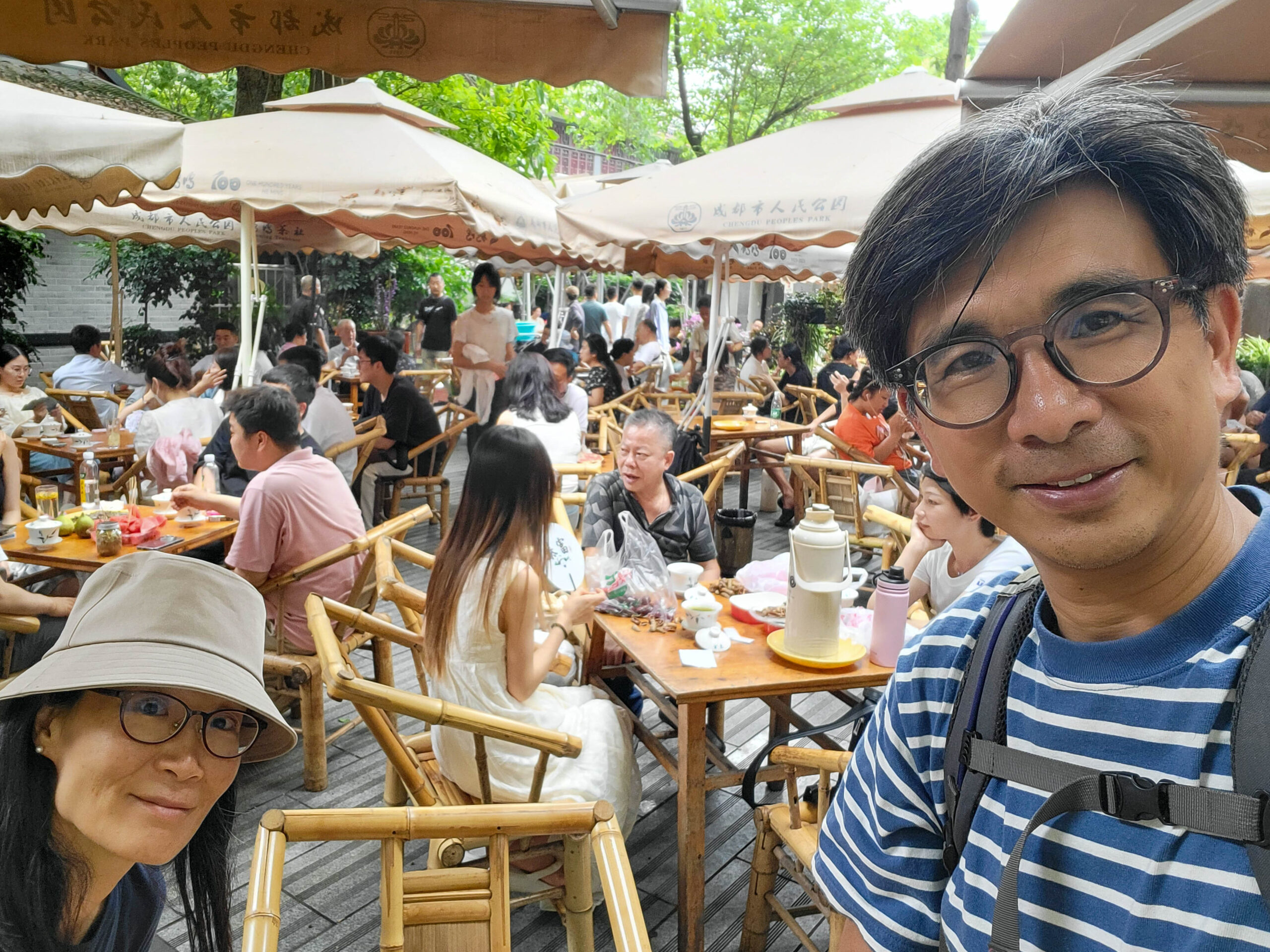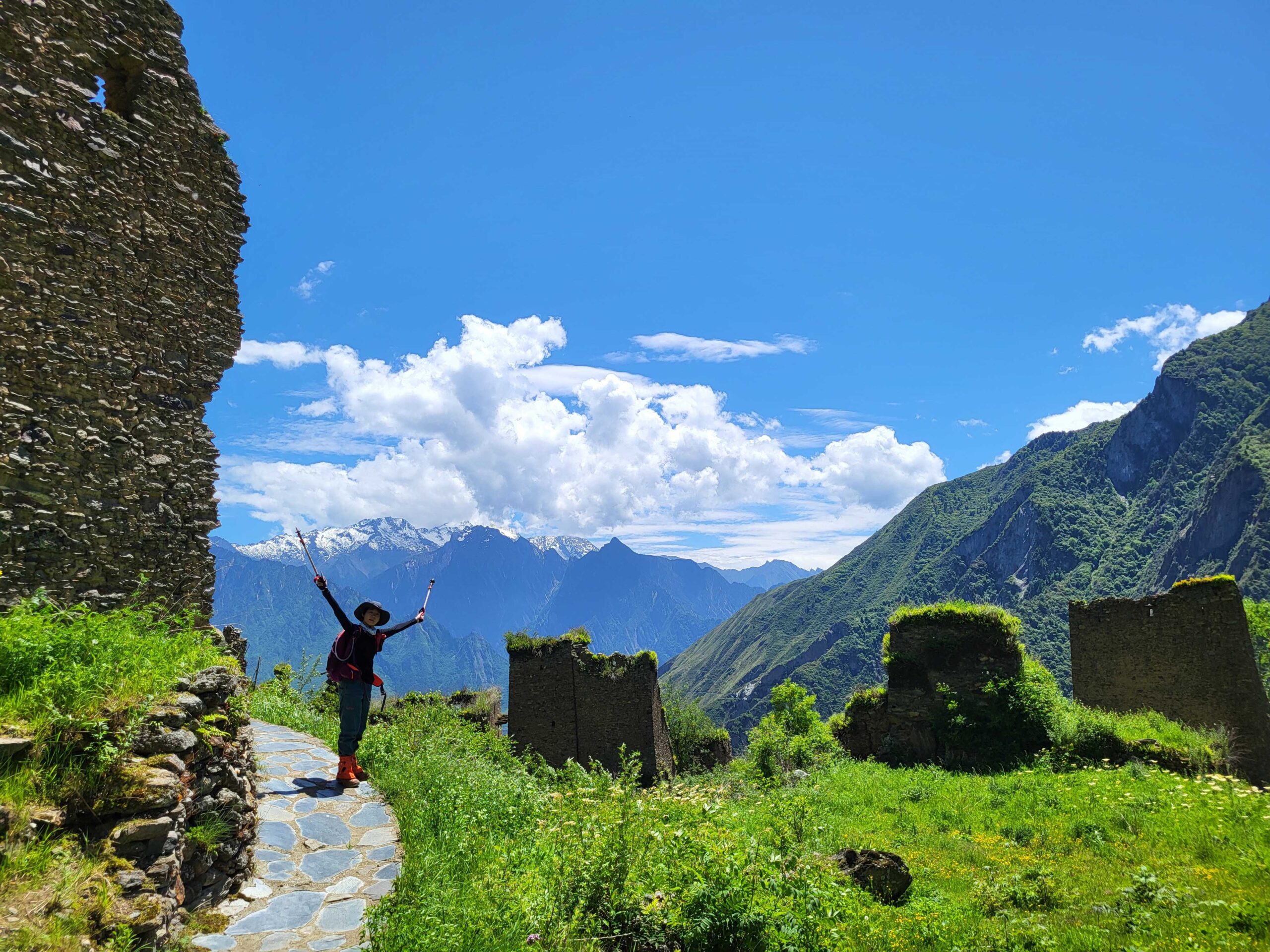May 28 to Jul 3 2024
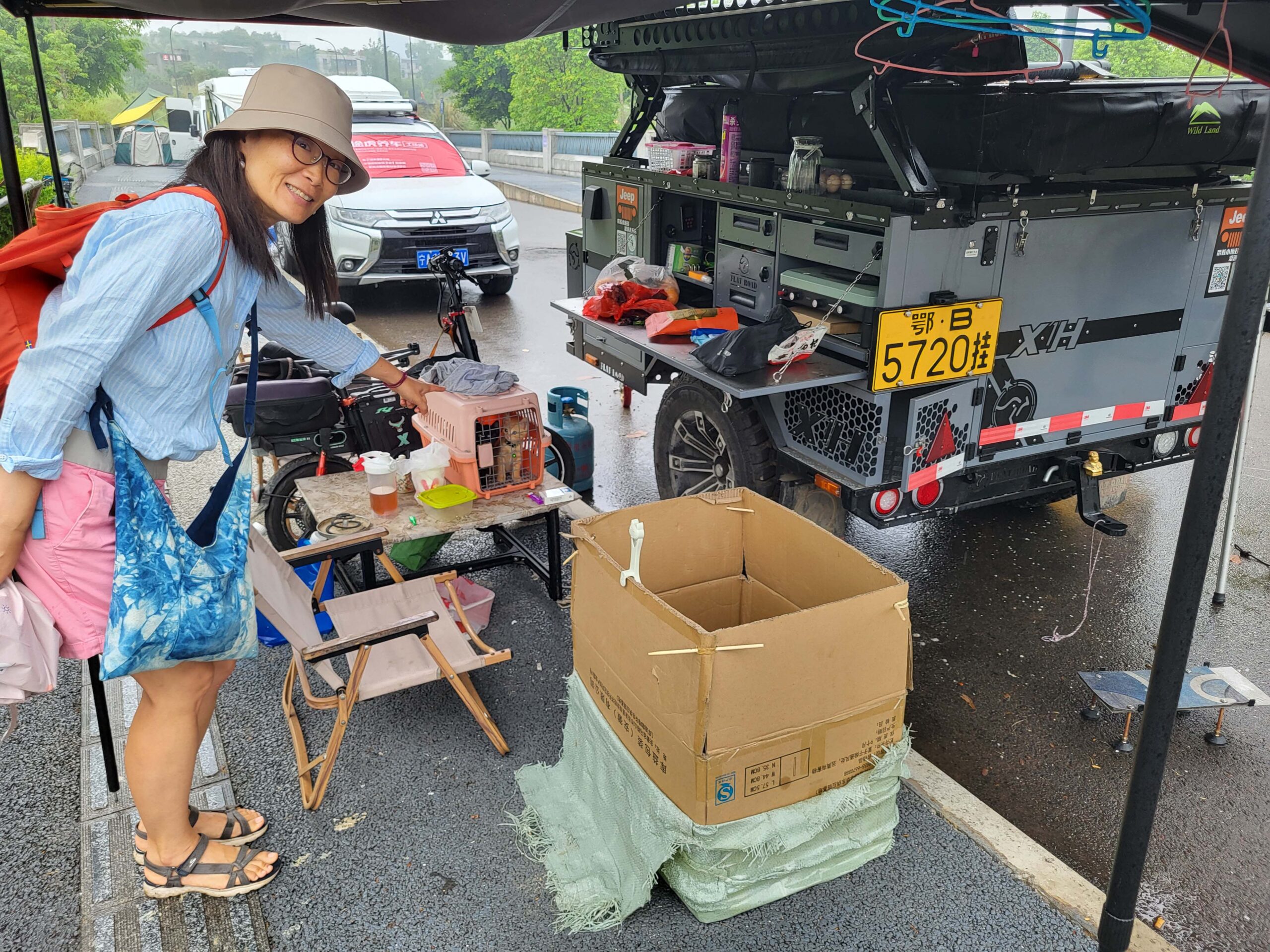
We took the scenic route and drove 130 kilometres from Leshan (樂山) to Chengdu (成都). By now, Kin is very good at finding quiet spots for our van and this time he located one in the outskirt of the city near a new office complex. It was raining when we arrived in Chengdu and we got to spend a cool evening in the van.

We put a pause on van life as the temperatures soared again and we checked into a hotel recommended by our Chengdu friend Huangyutian (黃雨田). Our hotel is near the famous archaeological site Jinsha (金沙遺址) which was only discovered in 2001 during a major urban redevelopment.
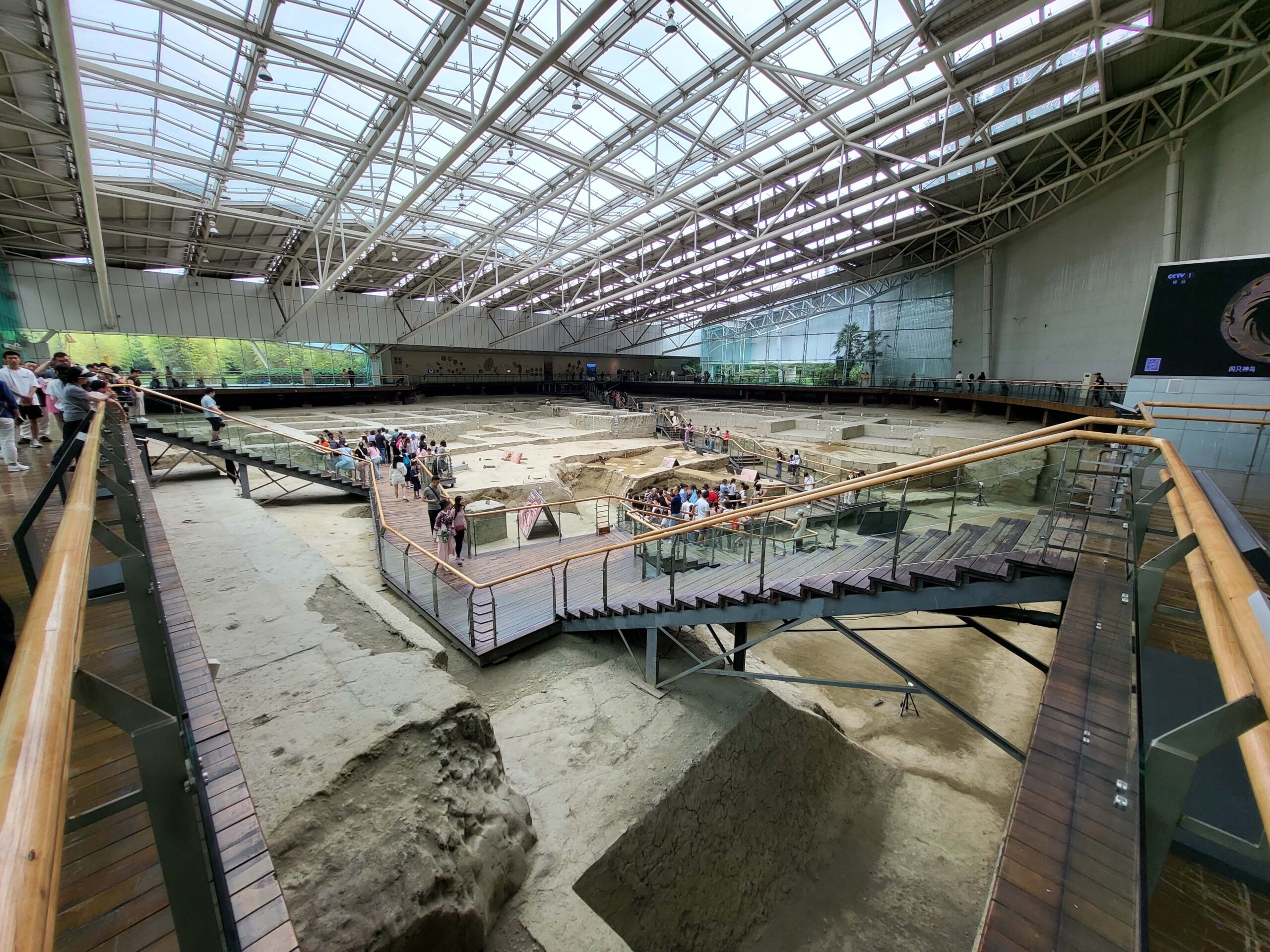
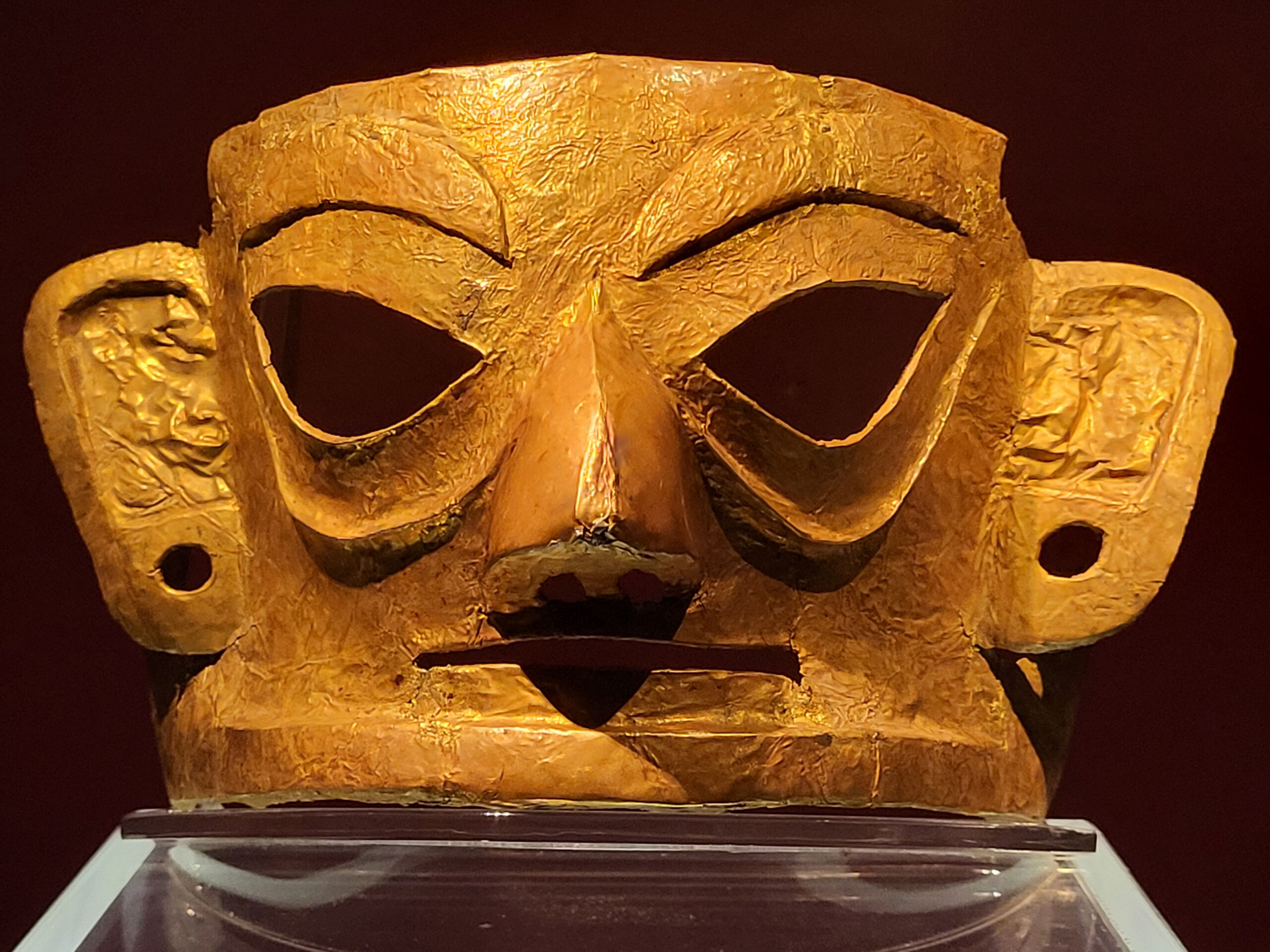
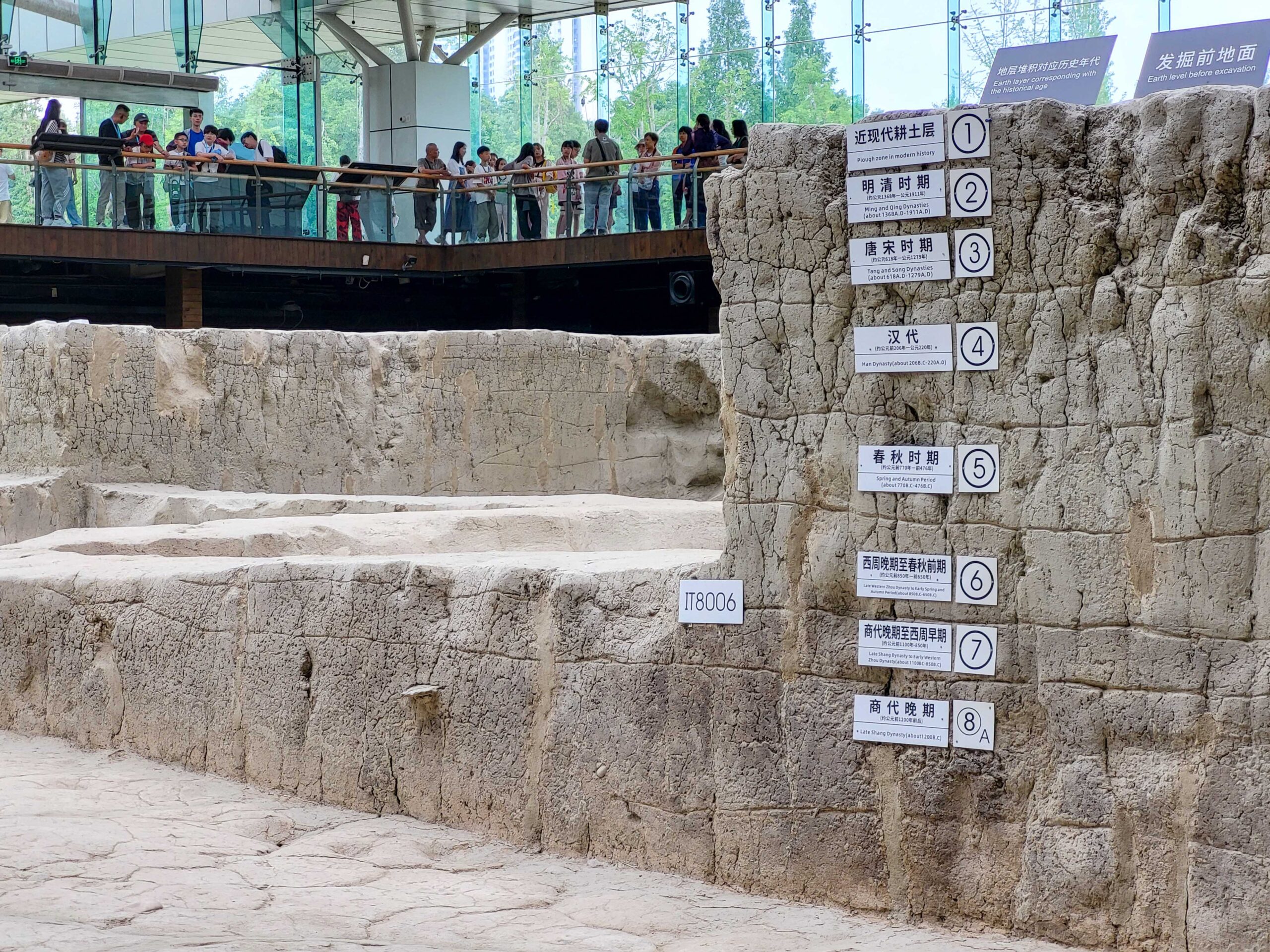
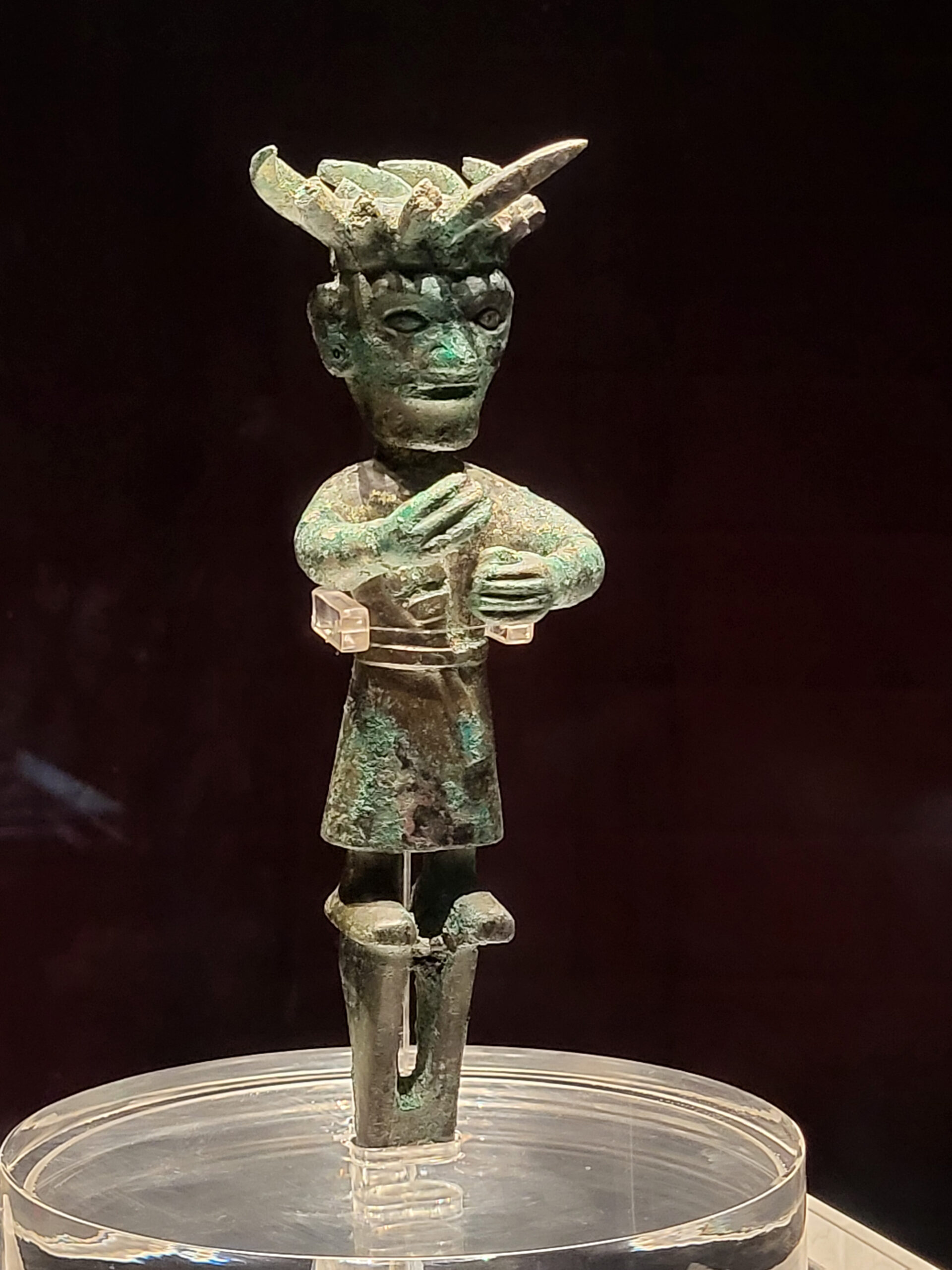
Sichuan was home to the Ba (巴) and Shu (蜀) kingdoms in antiquity and was renowned for its rich resources and civilization around the Sichuan Basin. It was reputed as the land of abundance (天府之國). Located in the western part of the Basin, it is no surprise that Chengdu is the fourth largest city in China. It holds an important place throughout the history of China. Chengdu has 110 museums and numerous temples. The city is also famous for the exquisite Shu silk (蜀錦). But the political and economic prominence of Sichuan declined after the numerous Mongol invasions in the late thirteenth century and the centre of power shifted southward and eastward since then.

What makes Chengdu so charismatic lies far beyond its rich heritage and culture. I marvelled at its very laid back and inclusive spirit in preserving traditions and embracing new cultures. One can spend ages exploring temples, museums and archeological sites (Sanxing site 三星堆 and Jinsha site 金沙遺址). The city devotes considerable resources to promote its history and heritage to foreign tourists. Each time we took the metro, I was struck by how frequent English was used in the videos with local people and scholars taking tourists from different countries on walking tours and sharing knowledge about Chinese arts and history.

We stumbled upon how the local young people embraced pop culture when I went to renew my Chinese travel document. We had lunch near the government building and for a moment we thought that we just walked into a Japanese Manga animation film set. Every turn we made, we saw young people dressed in elaborate cosplay costumes. The whole mall is devoted to selling cosplay related items and costumes.

I was impressed by the efficiency of the public services of Chengdu when I renewed my Chinese travel document. I called the service hotline and was surprised by how helpful the staff was – she didn’t just tell me the address but told me which metro station and exit to take to get to the office. We arrived at the office just before lunch time and got the application form at the reception. I then had the photos done at the shop next door in less than ten minutes. I went back to the government office after lunch and my application was processed and completed within half an hour. I got the renewed document ten days later. I don’t think that I could have it done so smoothly and quickly in Hong Kong.
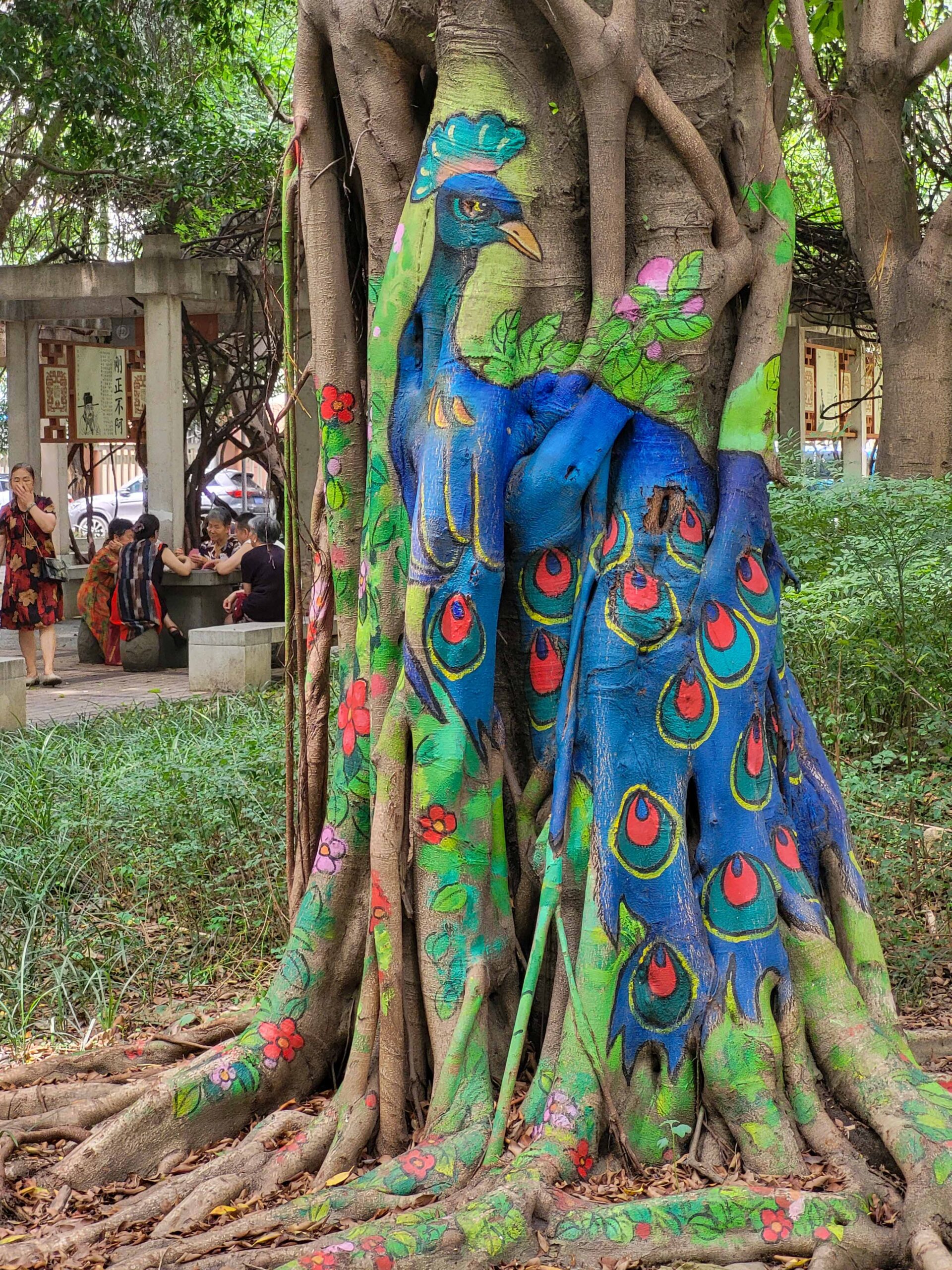
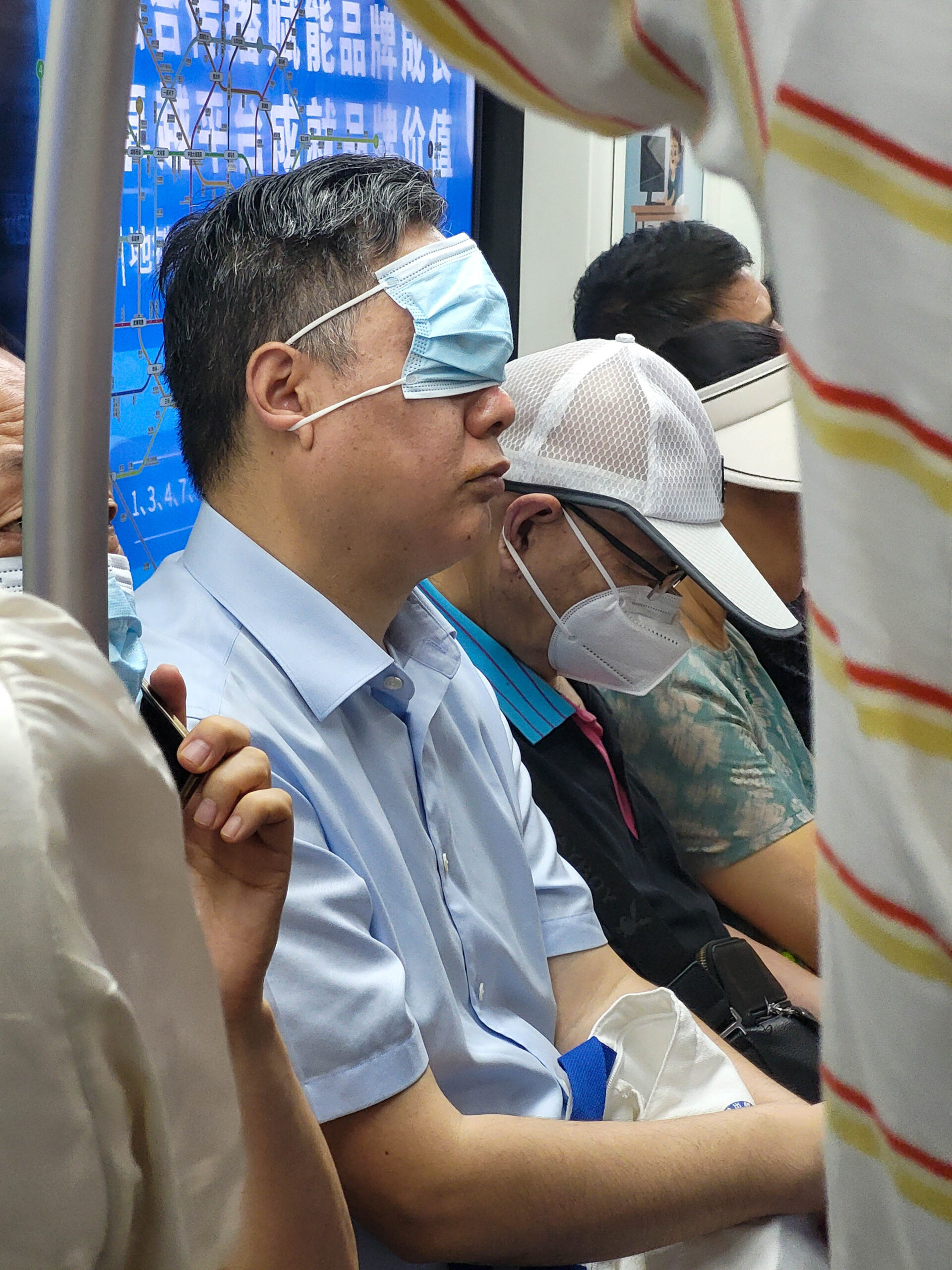
The distinctly relaxed atmosphere of Chengdu is most apparent in its tea culture. While we Cantonese like to drink tea with dim sum in a restaurant or Yunnan people socialize over Pu’er tea at tea houses, Chengdu locals enjoy tea practically anywhere – in a park, outside the temple, by the roadside or under the bridge.
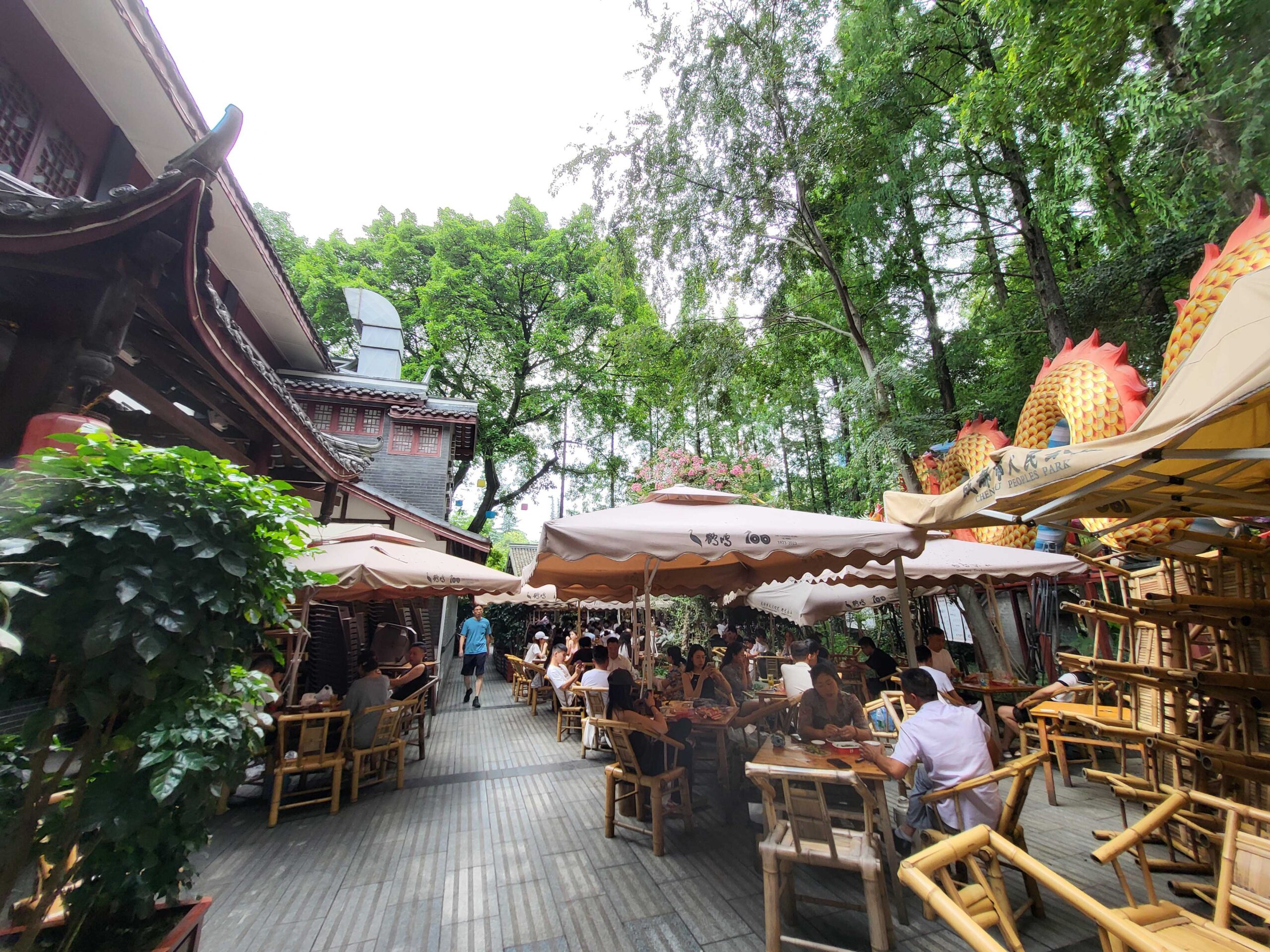
And the food that goes with tea is limitless from a plate of watermelon, peanuts, dumplings, noodles to sweets. They really know how to just go with the flow and relax whenever they want to. And it’s so affordable – less than RMB 30 for a pint glass of a tea of one’s choosing and a huge flask of hot water. I just love how the whole thing is so casual and carefree.


We loved cycling in the city as there are many scenic cycling paths along rivers and parks. One of our favourite routes takes us to the Dufu Thatched Cottage museum and park (杜甫堂) where one can admire the greenery. We also loved cycling through the old university area where one could see the elegant grey brick university buildings with chic restaurants, cafes and small shops.
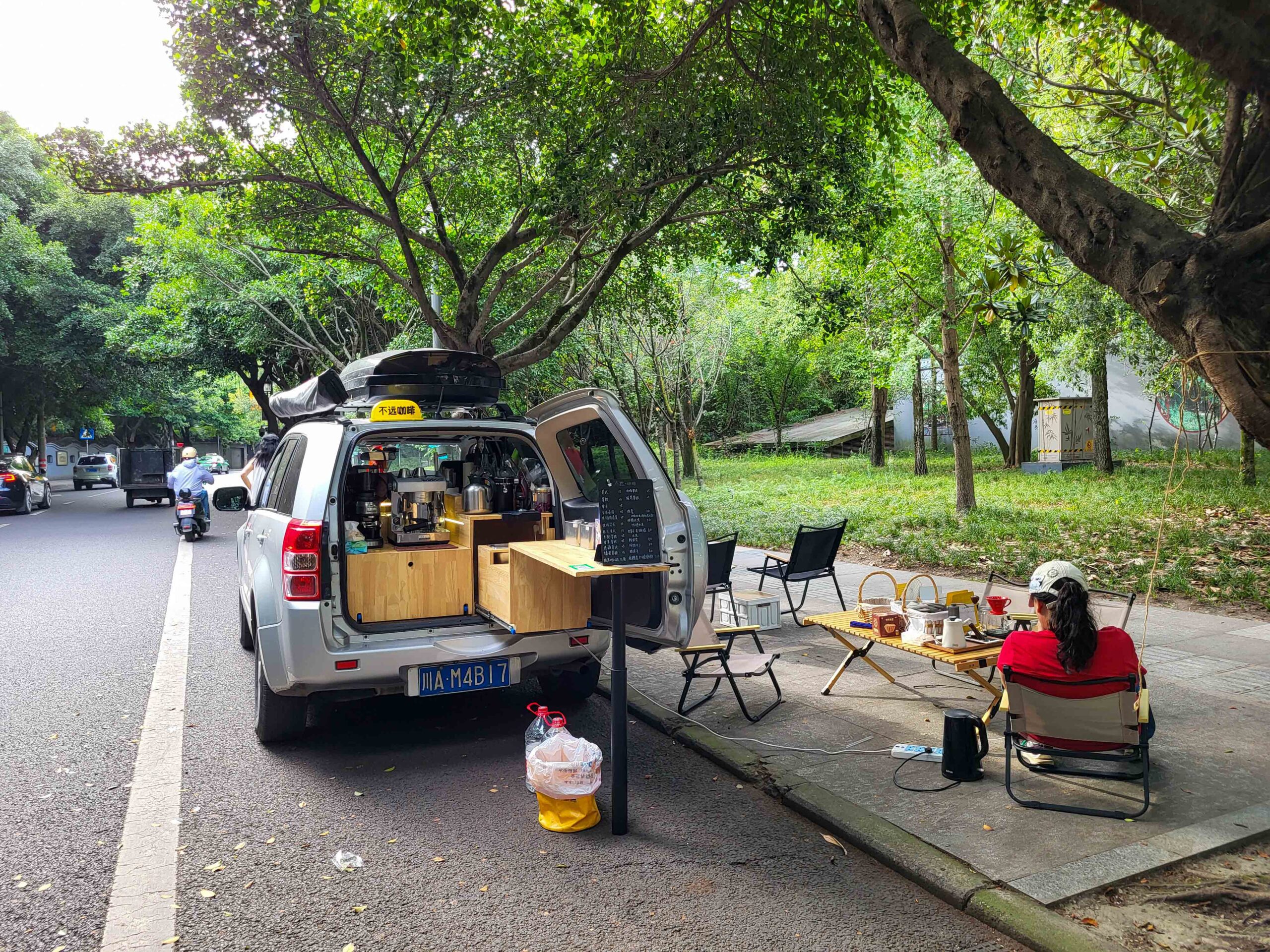

Chengdu is also home to the national treasure giant pandas. There are a number of panda sanctuaries and breeding bases in and around Chengdu. We went to the Panda Valley (熊貓谷) near Dujiangyan (江都堰) which is a favourite hideaway place for locals during summer.
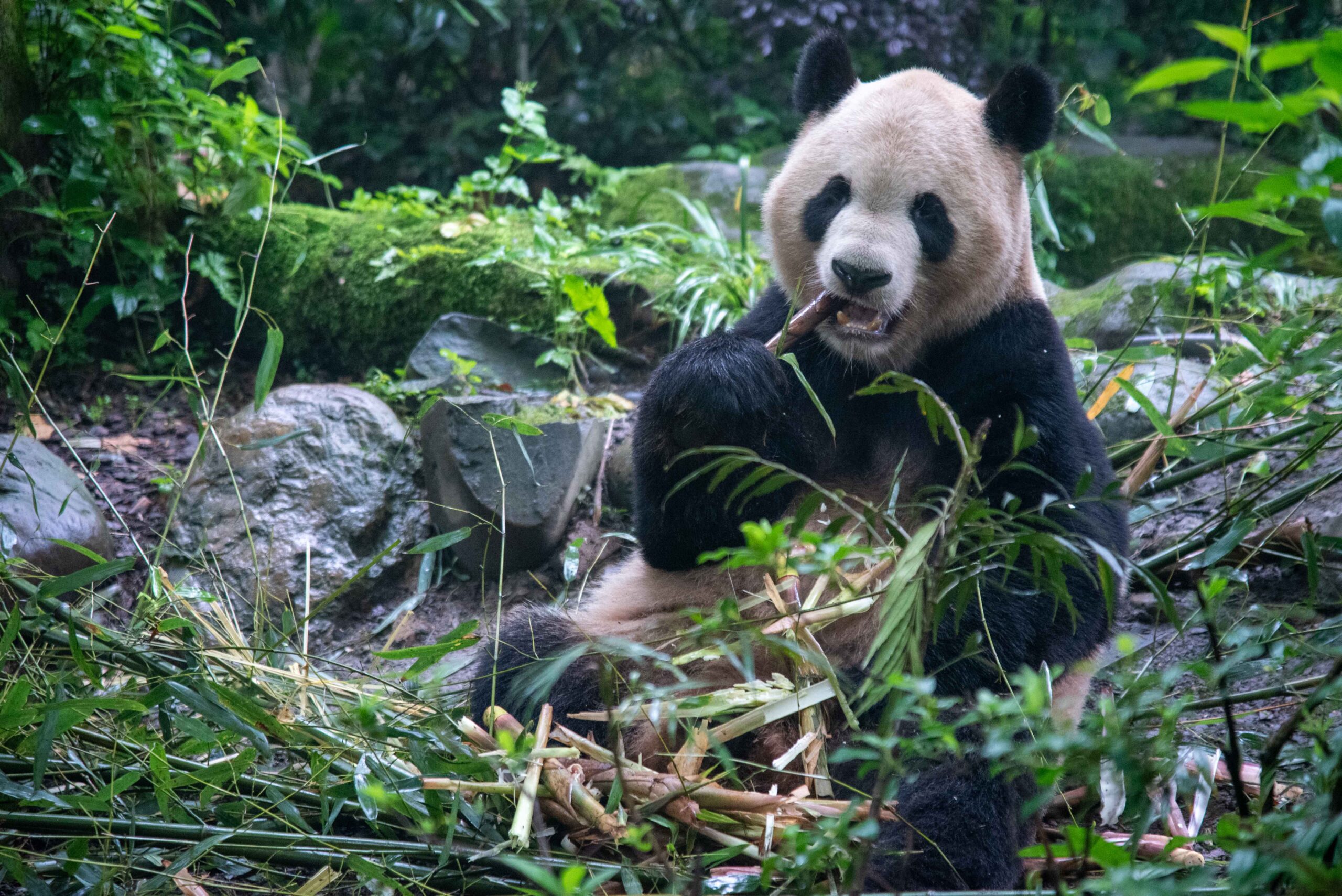
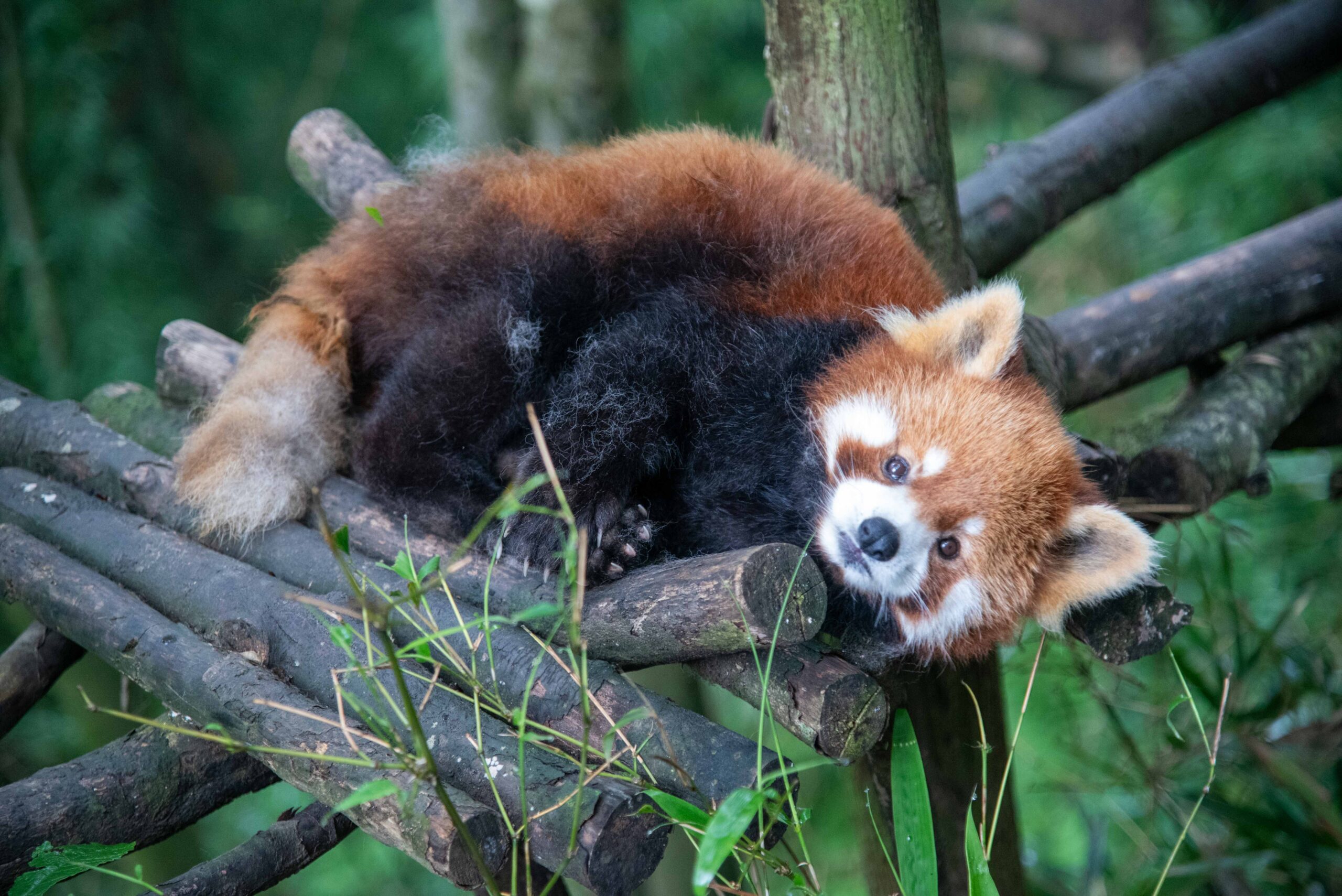

Chengdu is known for its numbingly spicy mala hotpot (麻辣火鍋). The bright red and rich soup base is not for the faint hearted and contains a wide array of bold ingredients including Sichuan peppercorn, chilli powder, cloves, star anise, garlic, black cardamom, fennel and ginger, etc. We did not dare try it as our delicate stomach just couldn’t take it. But we enjoyed the diversive food scene in Chengdu and the price is incredibly reasonable! We discovered many great workday lunch deals at nice and chic restaurants.
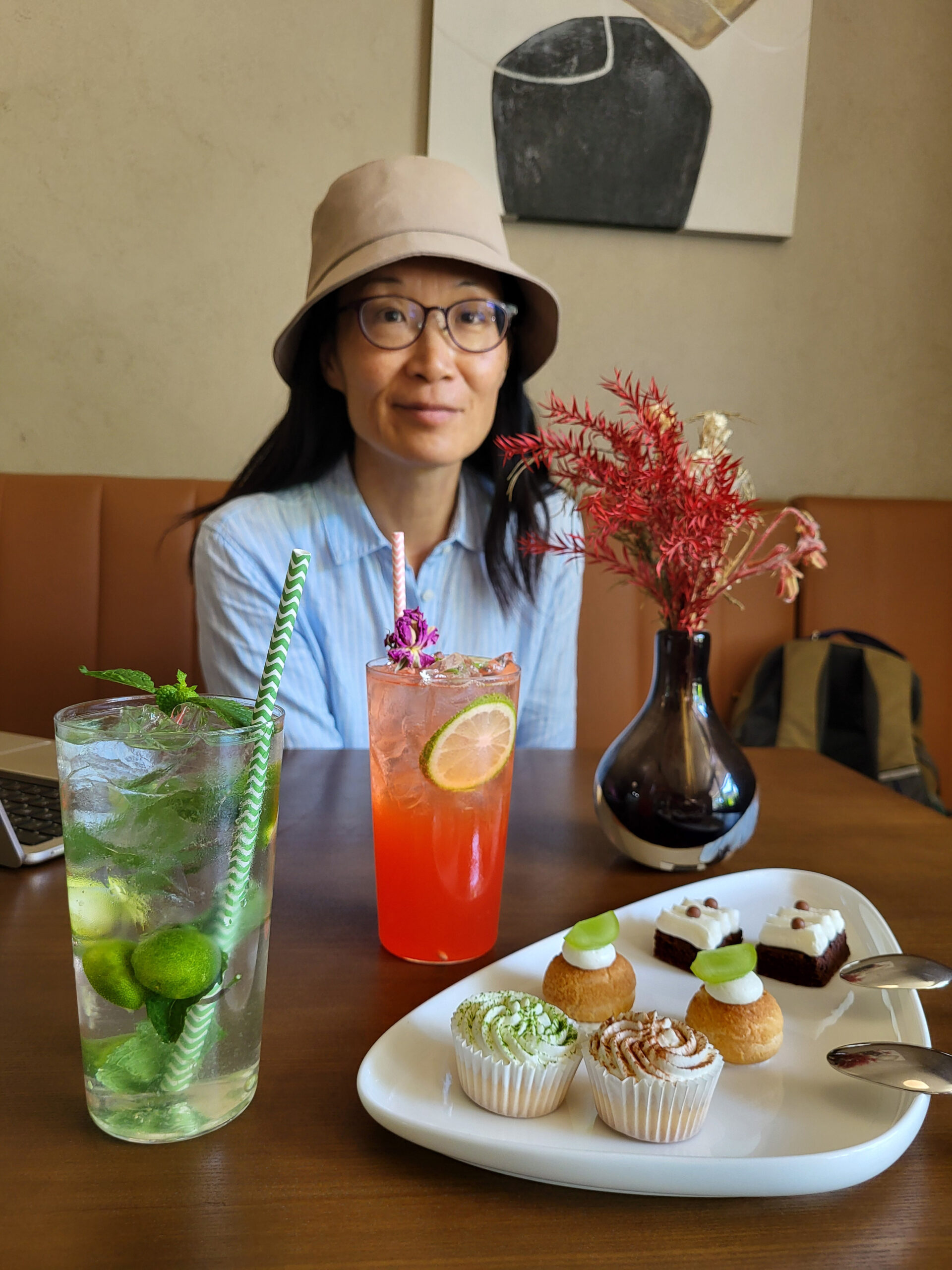

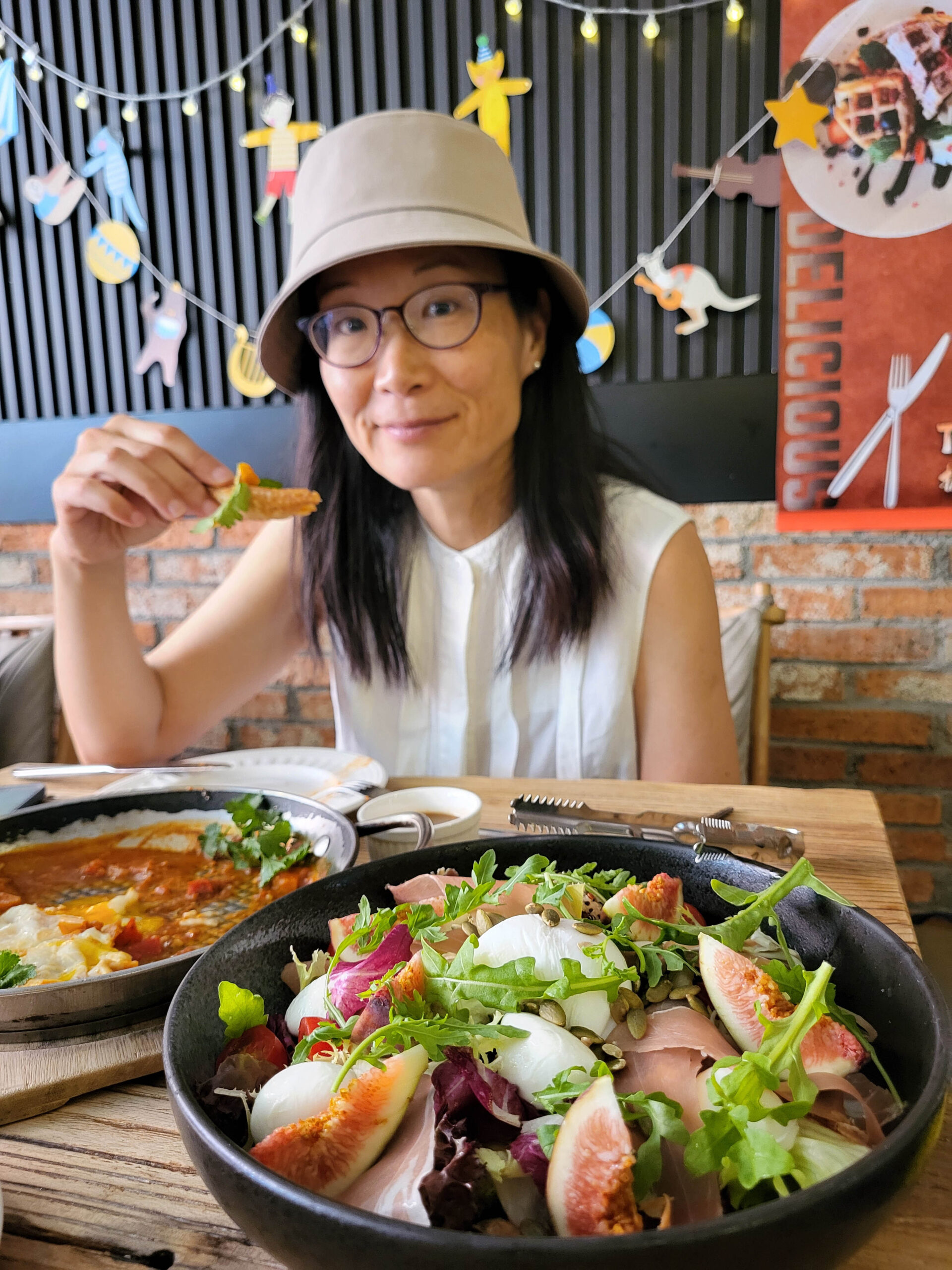
Thanks to our extremely energetic friend Huangyutian, we got to see Chengdu in a different light. We met her back in 2019 when we just started our China trip and before the world was turned upside down by the Covid virus. Kin kept in contact with her and we finally met up again five years later post-Covid.
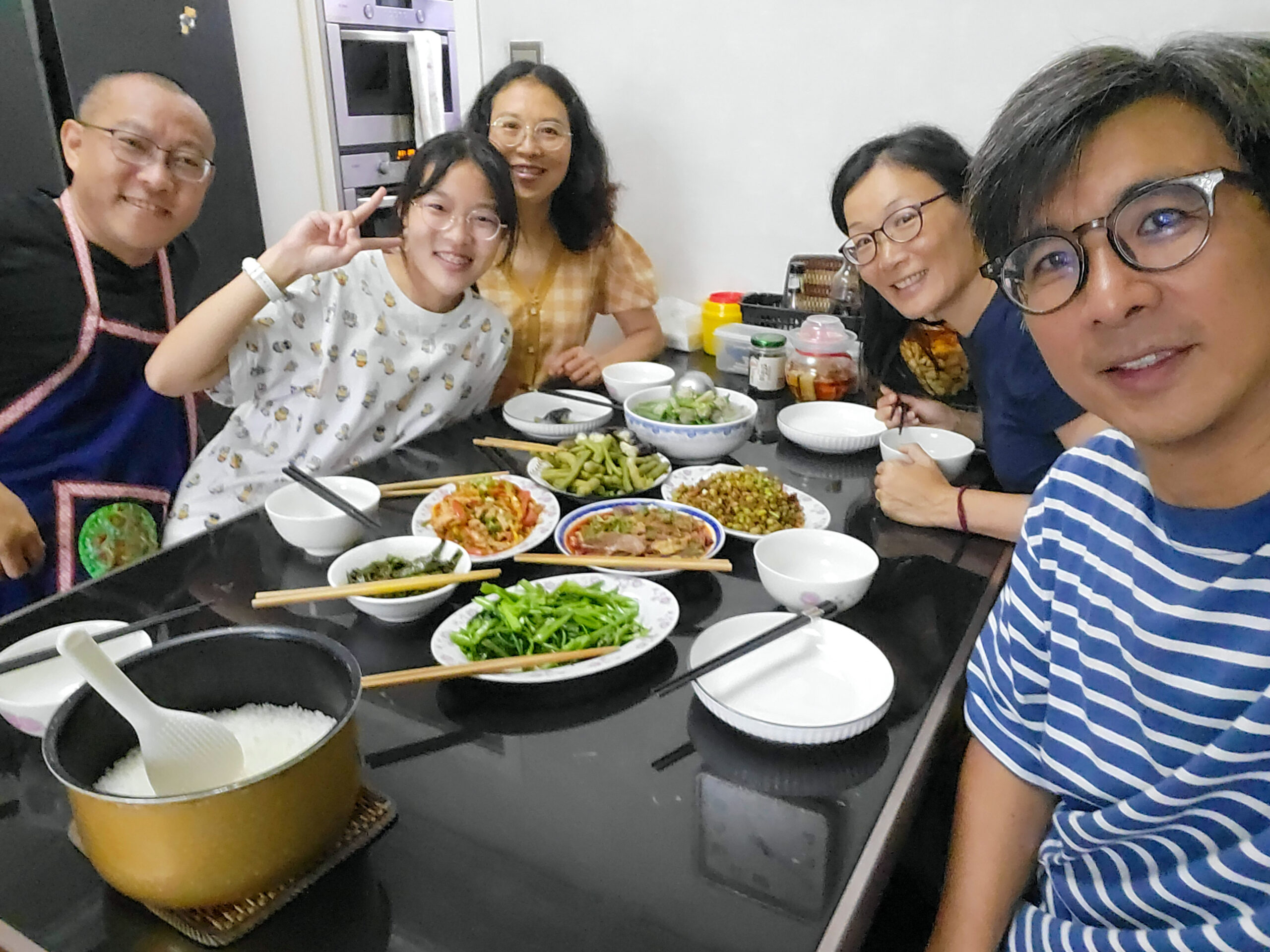
Huang is probably the most hyperactive person I’ve ever known. She has multiple hobbies. If she is not training in the gym, she swims or works for hours on her plot of land weeding and watering the vegetables. Sometimes she takes a spin on her motorbike and she’s also a keen hiker.
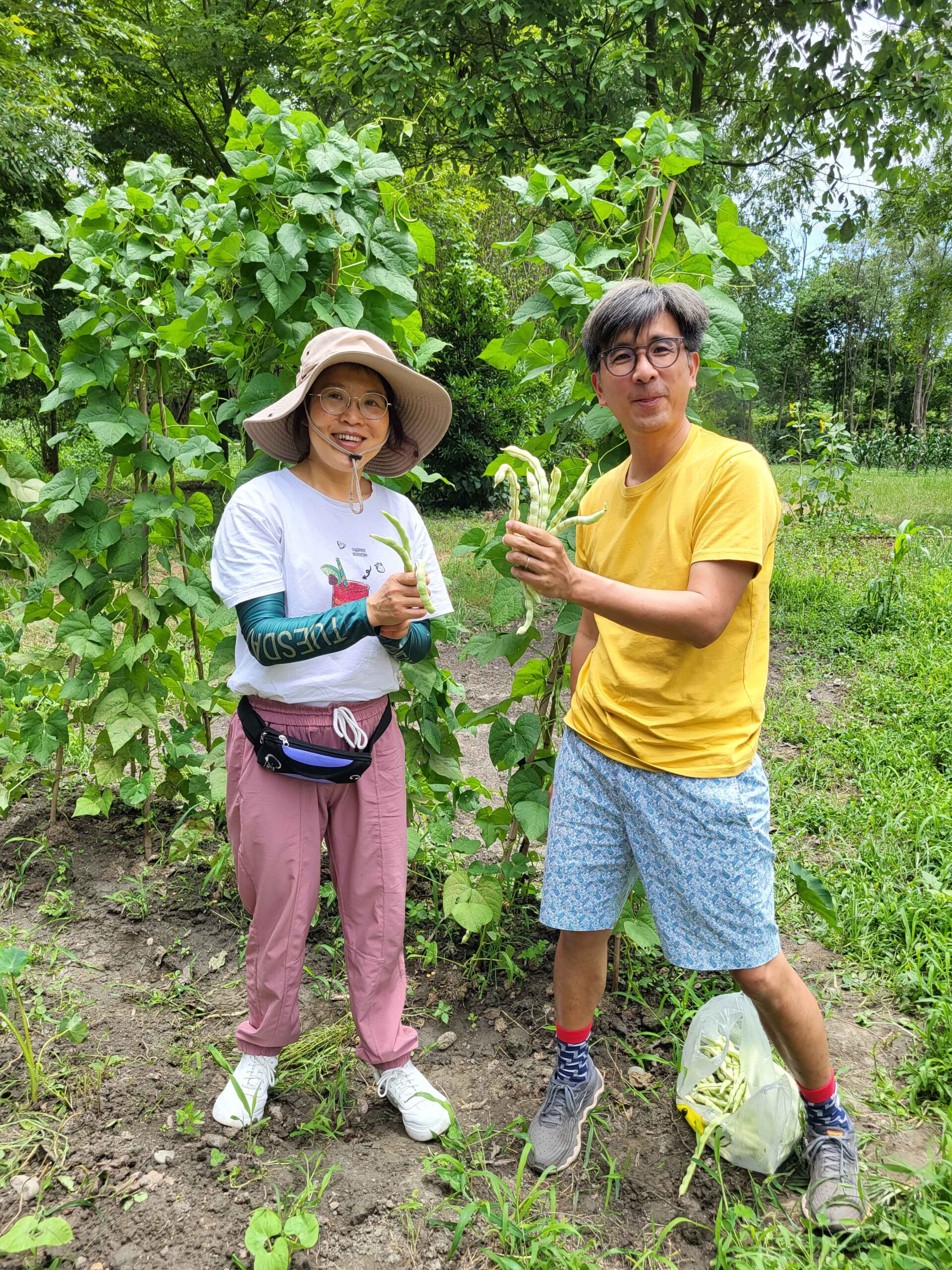
One day, she invited us to join her horse riding in the outskirt of the city. Many regulars frequent the riding range to chill and chitchat. But sitting around is not Huangyutian’s style. When she’s waiting for the horse to get ready, she went to tend to the vegetables she grew next to the stable.
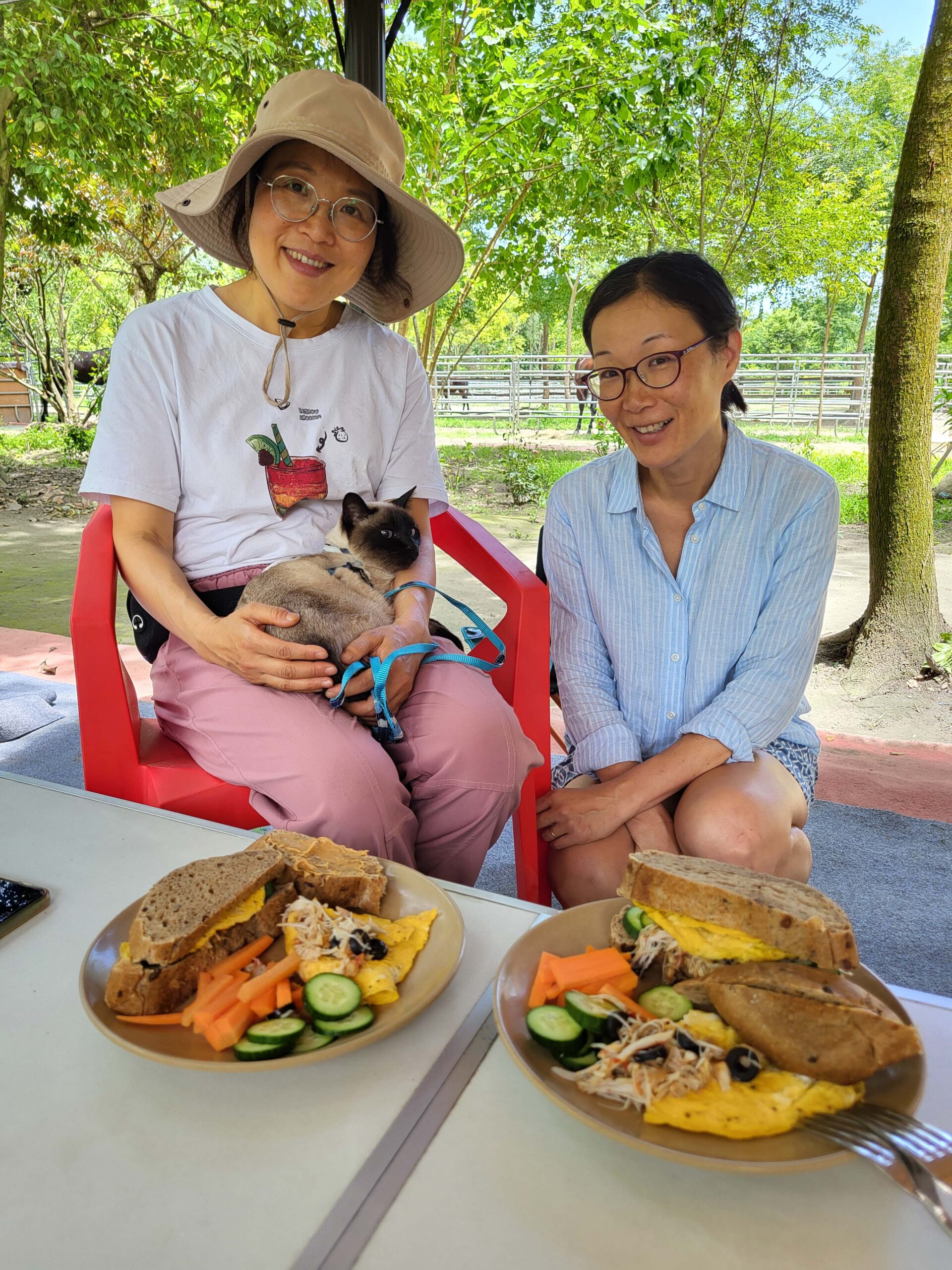

We met her riding friend Ying Ge (英哥) who is also from Chengdu. He is a great equestrian and took great videos of Huangyutian on the horseback. He loves travelling and he recommended us to have tea outside the temple in Doujiangyan (都江堰). He shared many interesting observations about their local culture, people and the cuisine.
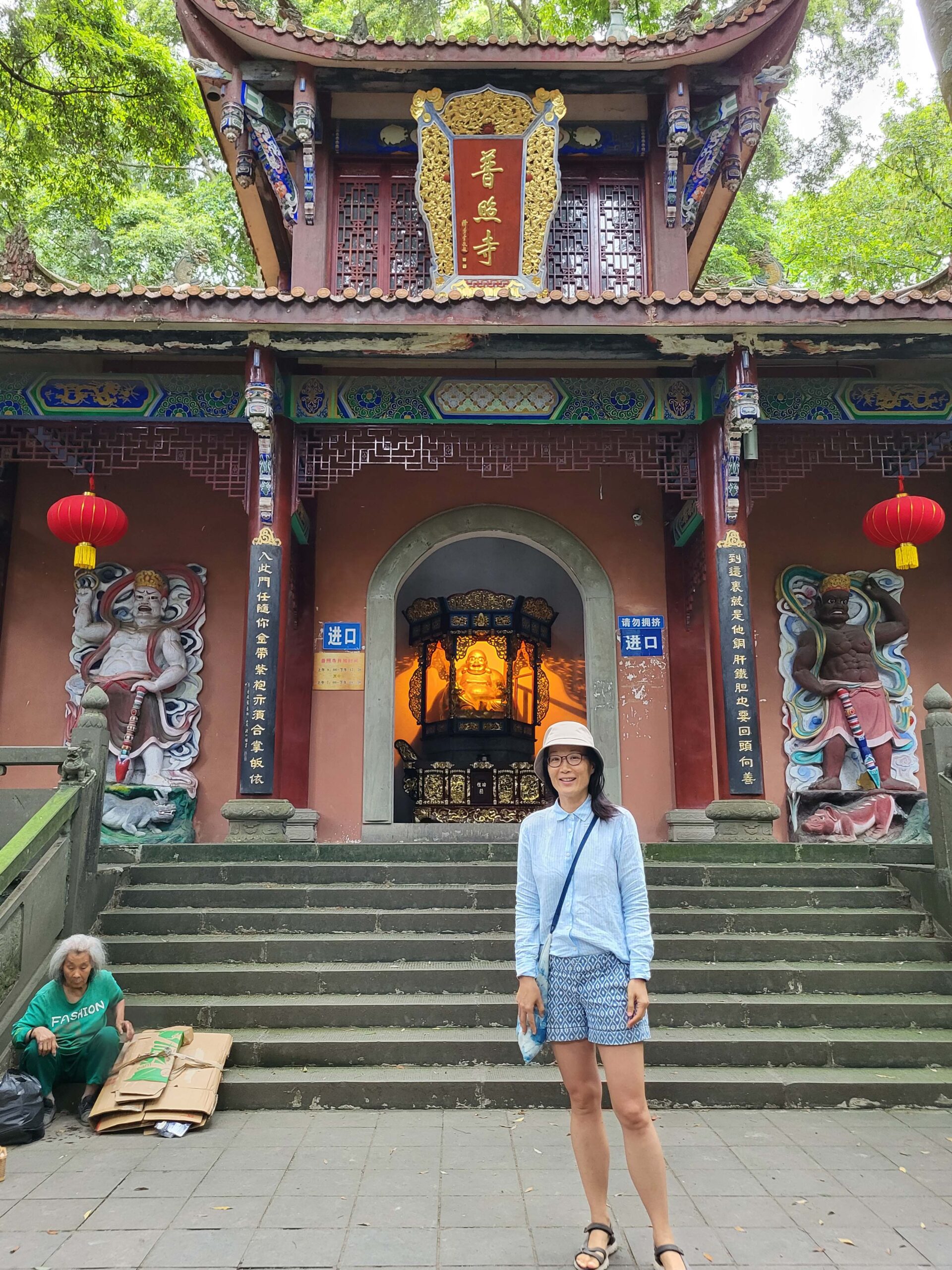
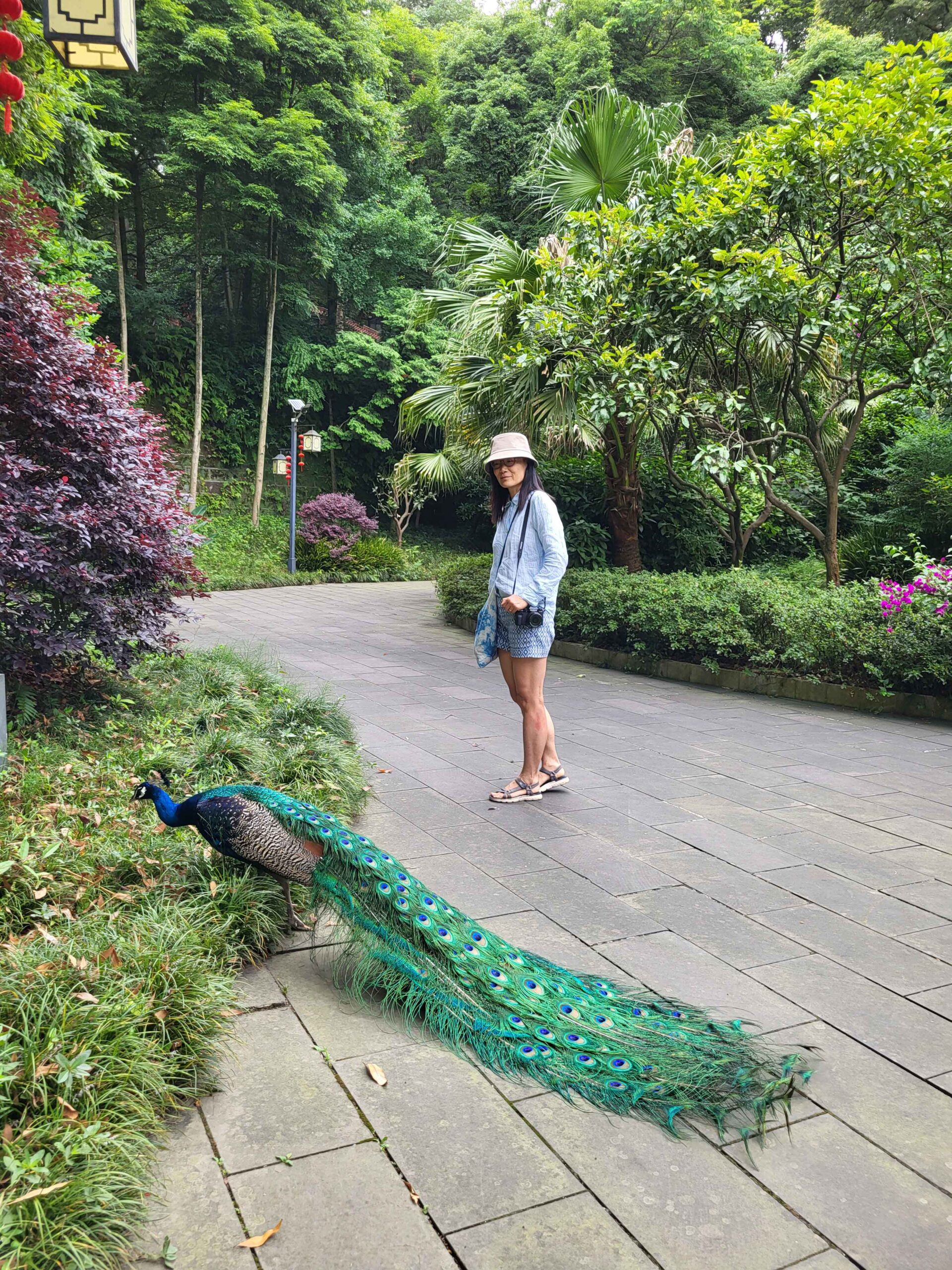
We also met a lovely young friend Shishi through Huang when we joined their hiking activity. They are hardcore hikers and way out of my league. The minimum height of the mountains they hike are 3,000 metre plus. For this particular hike, they drove from Chengdu northward from 6am for over three hours. Kin and I drove to the destination the day before and spent the night in a village. We had a leisurely breakfast before they arrived just after 9am.

I didn’t hike with them as I couldn’t cope with the high altitude. I sat in the van admiring the snow mountains and a few curious villagers came over to chat. They all asked if I was selling something as it’s normal for trucks to stop at villages selling daily necessities or food. One villager even invited me to tea at his home.

Just before 3pm, I was surprised to see Huang and the others returning. Apparently, they were chased by some yaks around 70 minutes into the hike and had to turn back. We later found out from the villagers that the yaks were in fact following them as they are used to the locals feeding them salt. As the hike was cut short by yaks, Huang decided to burn more calories by walking back and forth – it just shows energetic she is.

We ended up staying in Chengdu for a month. Partly because we love the city but also partly because Huang introduced to me a very good osteopathic practitioner, Mr. Wang. I decided to take some time to treat my bad shoulder. I had tried similar treatments in Hong Kong but it’s far more expensive (HKD 1,200 minimum) while I could do it for one-tenth the price here.
Mr. Wang had an engineering degree but due to a knee injury when he was studying at the university, he learned all kinds of alternative treatments including acupuncture and osteopathy to cure his own injury. This is how he started his practice. He is very studious and takes various courses whenever he could to further improve his skills and practice.
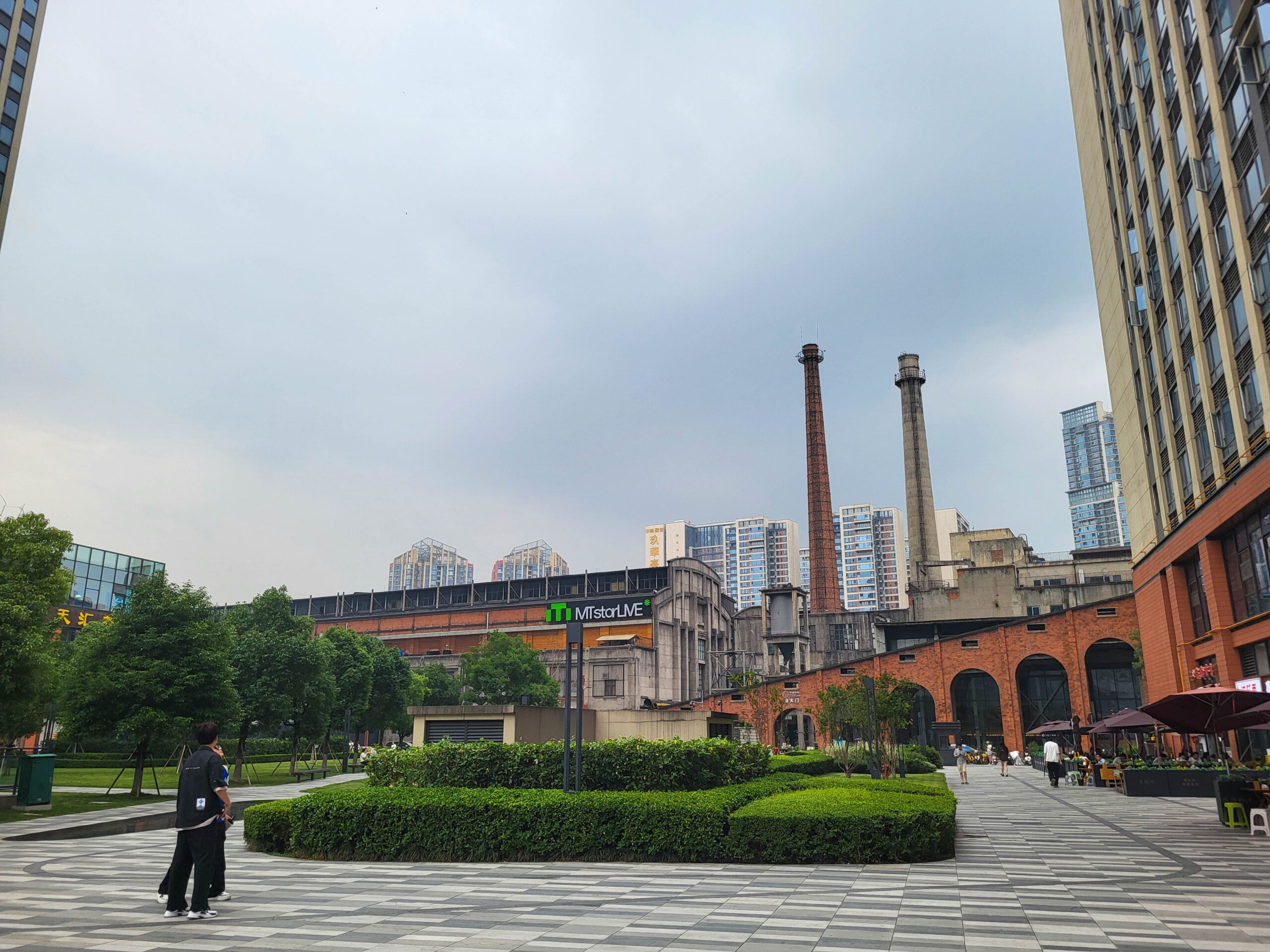
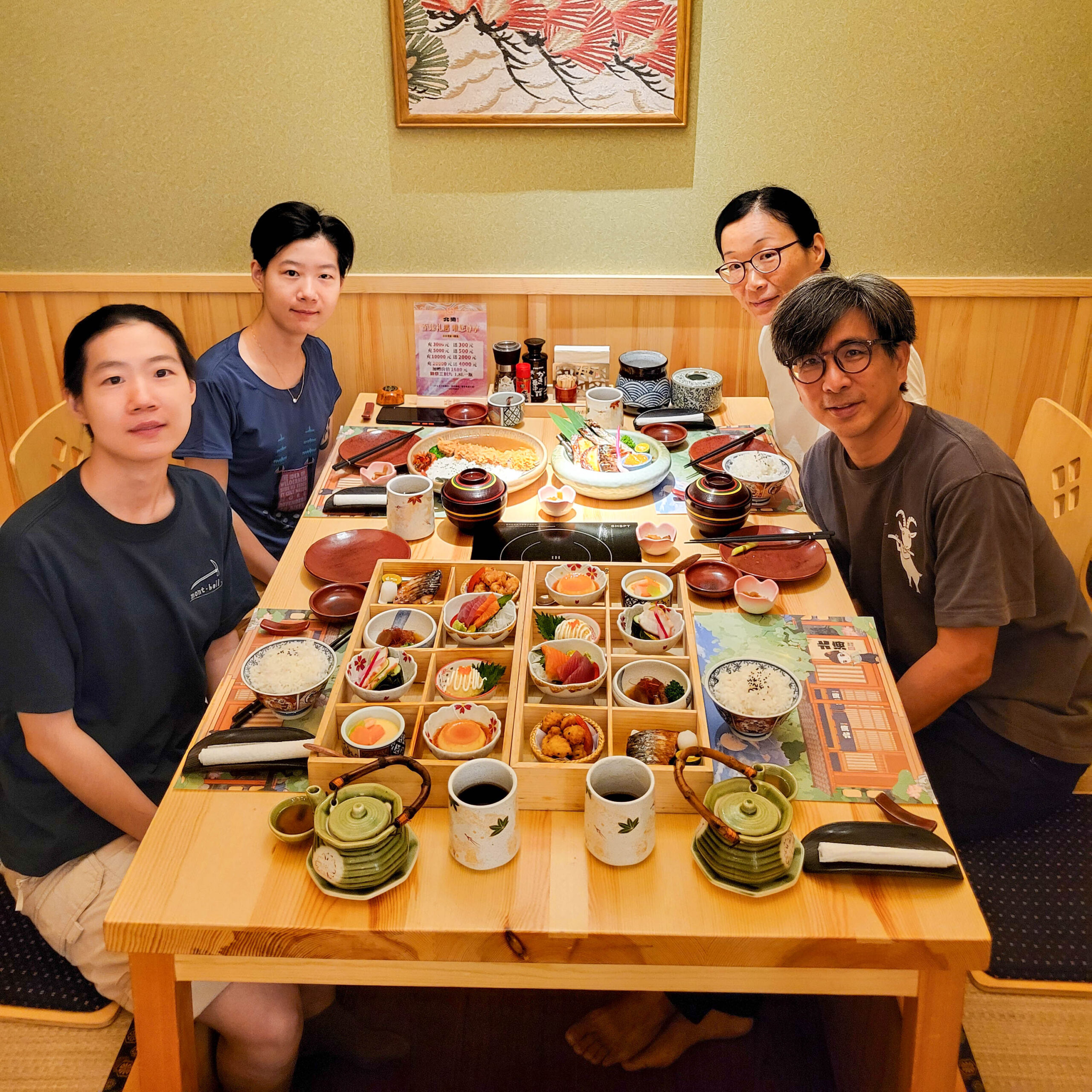
Time flew by and we had such great times with Huangyutian and the new friends we met there. Huangyutian warned us about the high temperatures of Chengdu summer. Each year, she takes a summer sojourn in other cooler places to get away from the Chengdu heat. So, by the end of June, we left Chengdu and headed to the highlands in the north western part of Sichuan.
